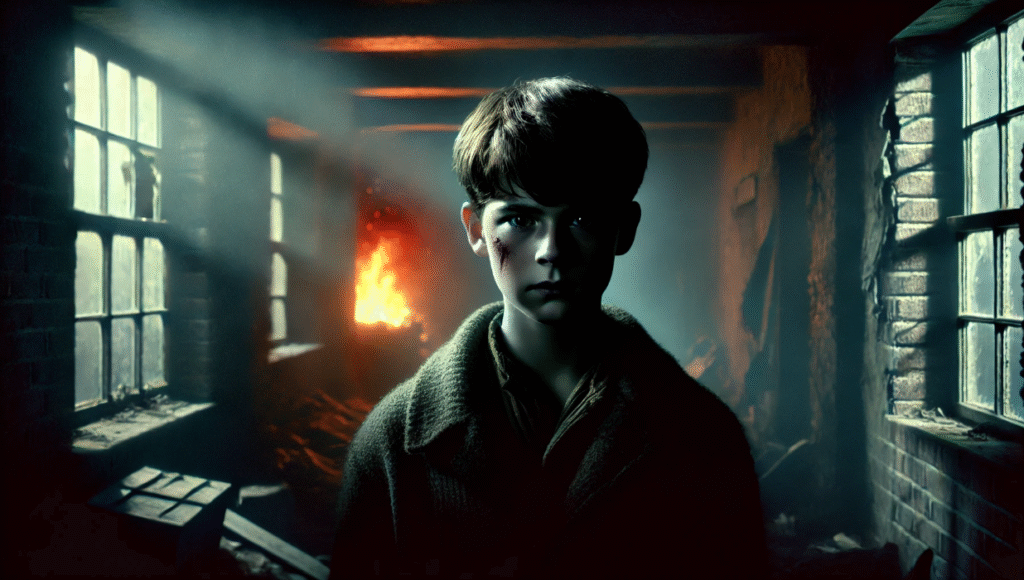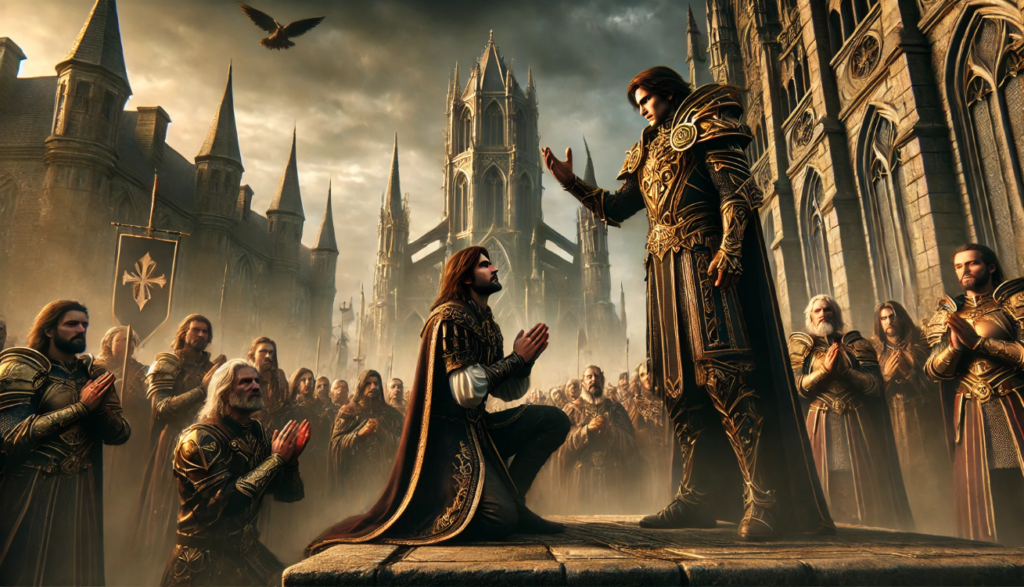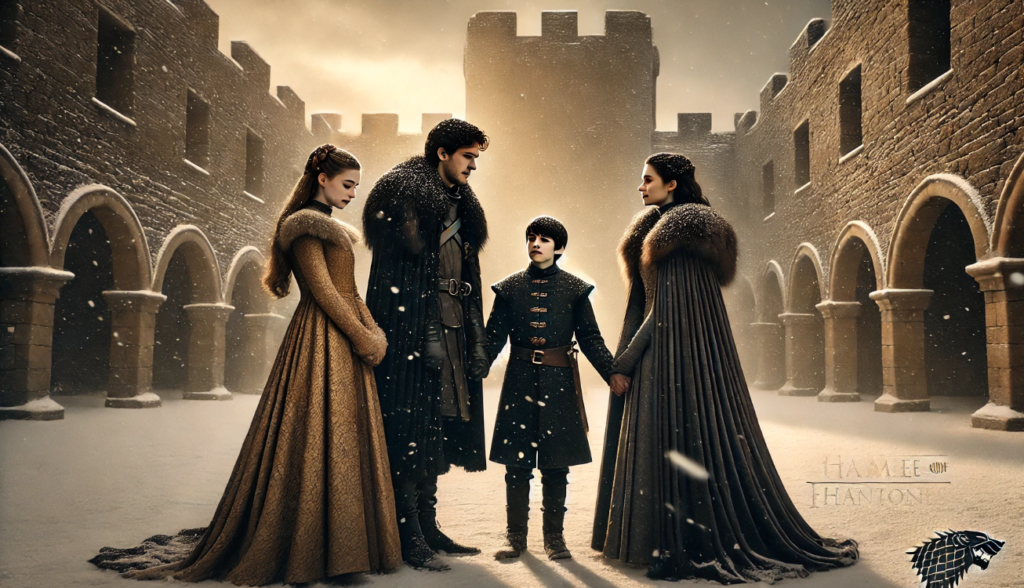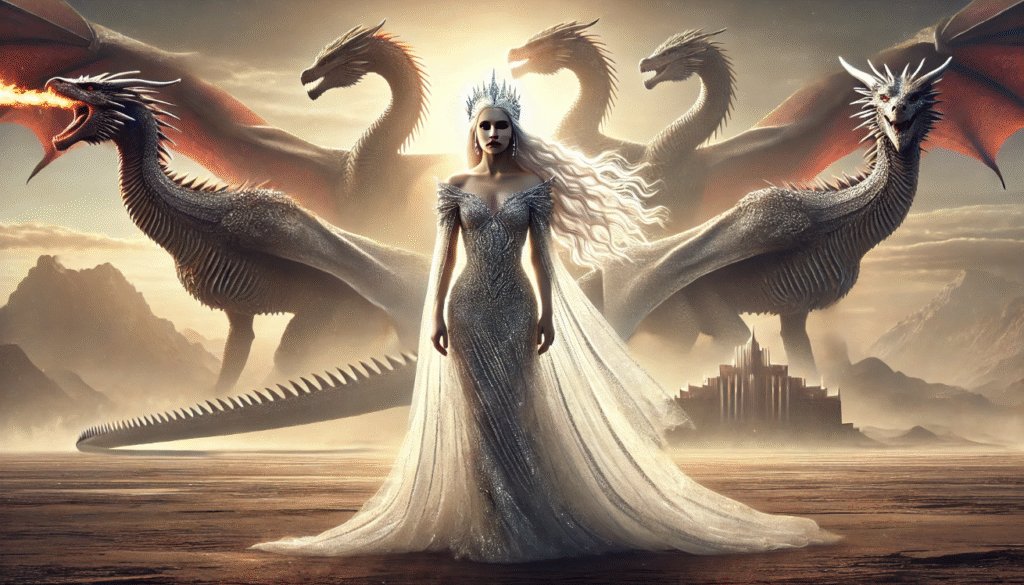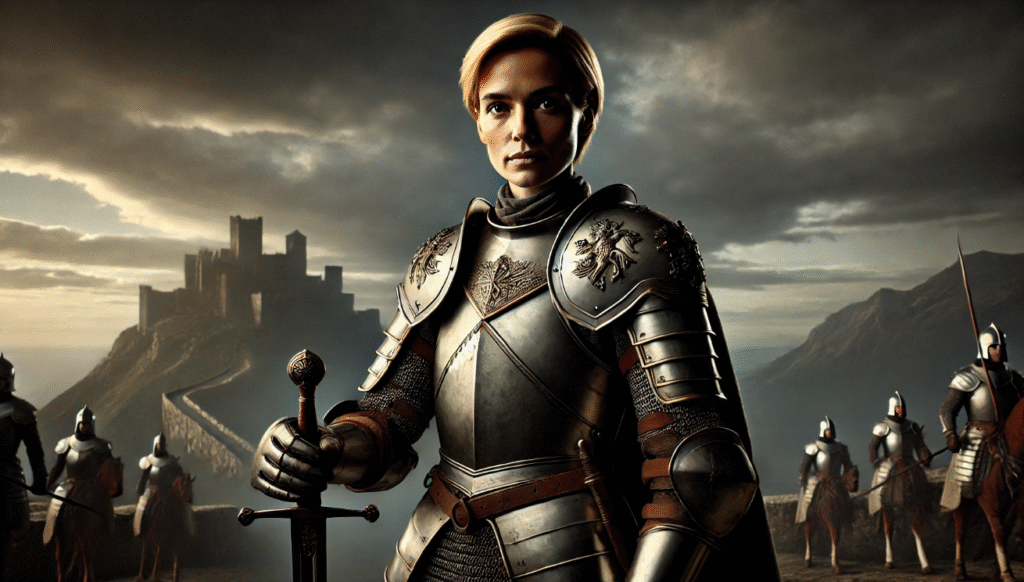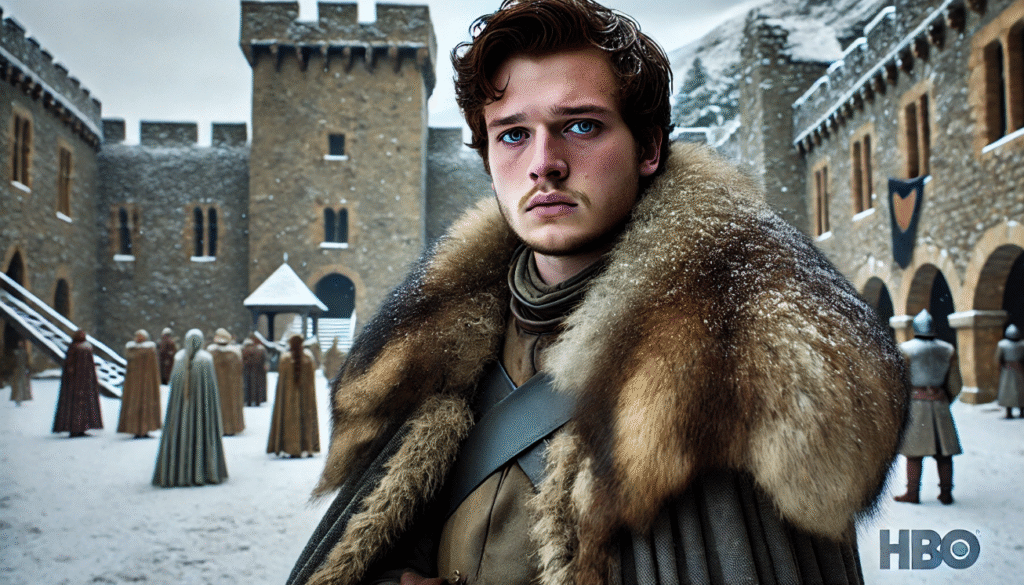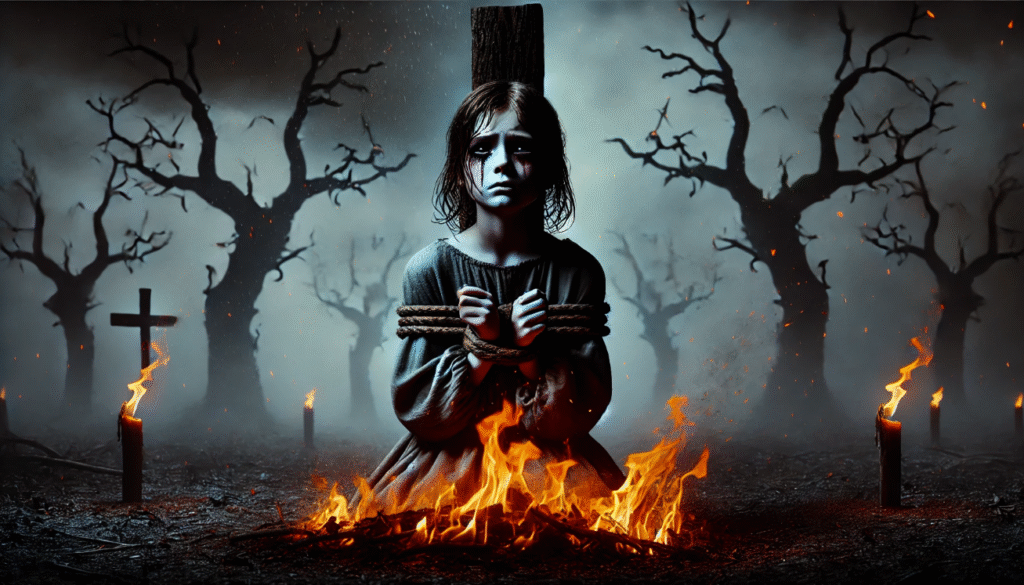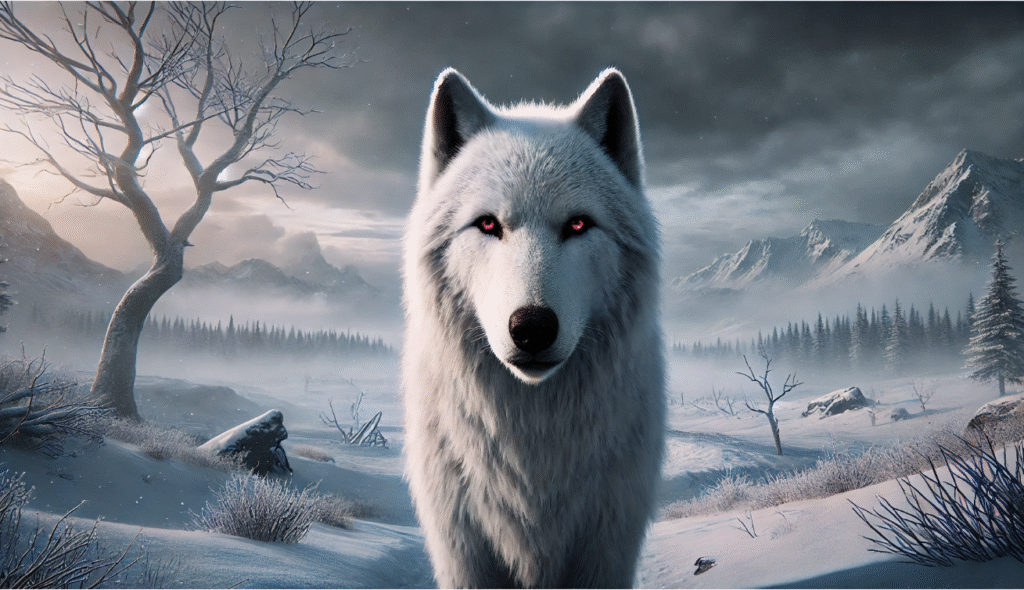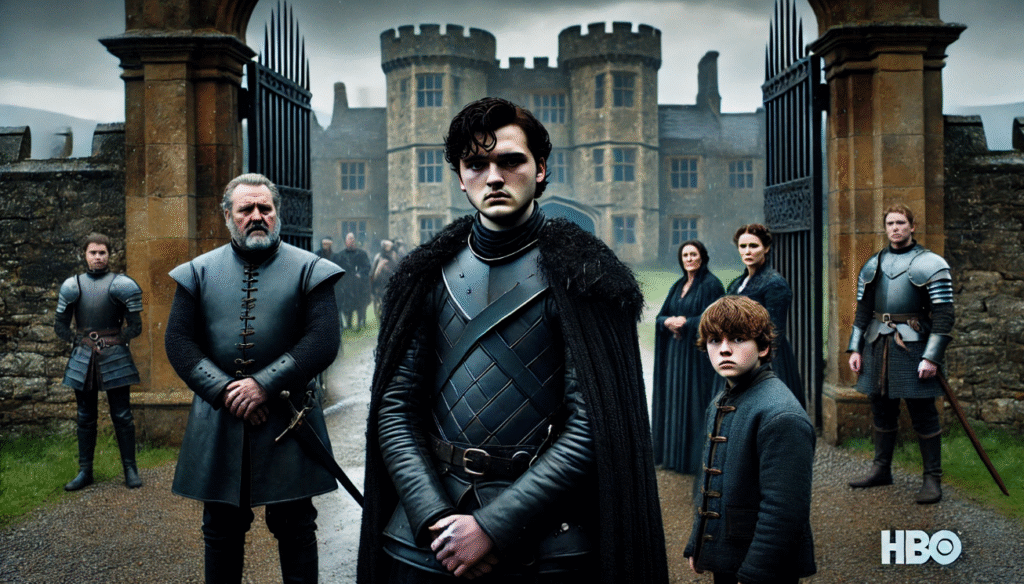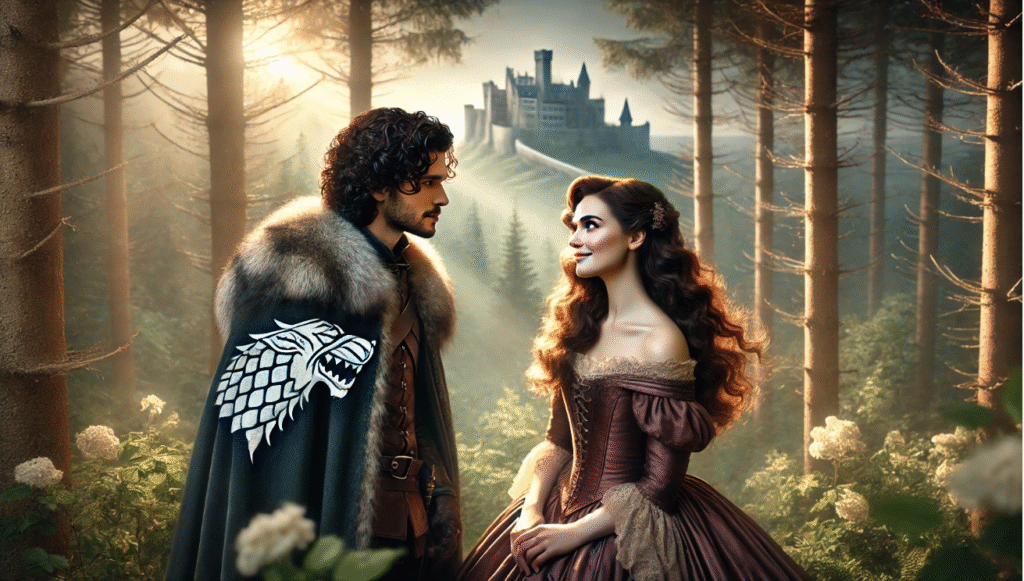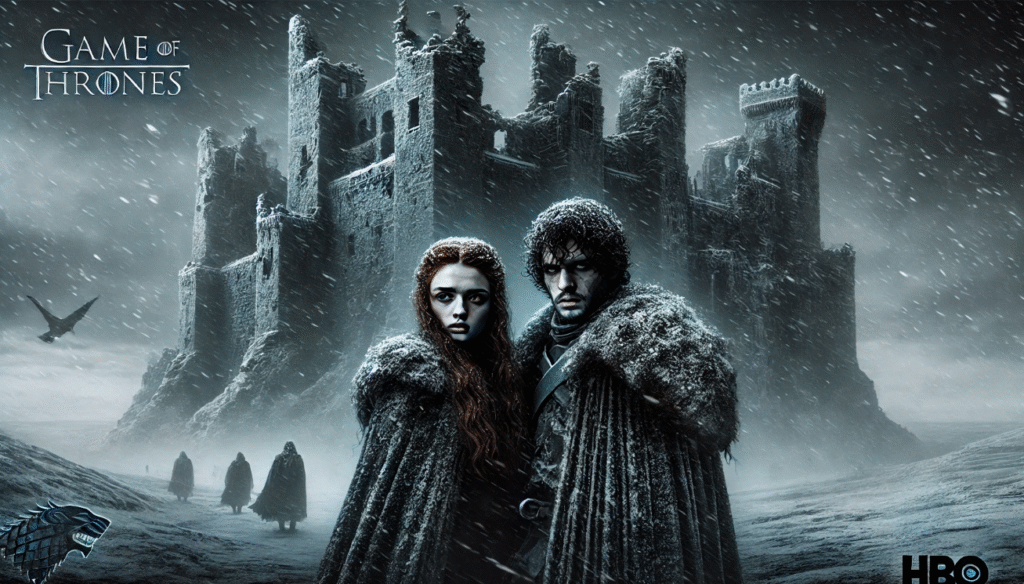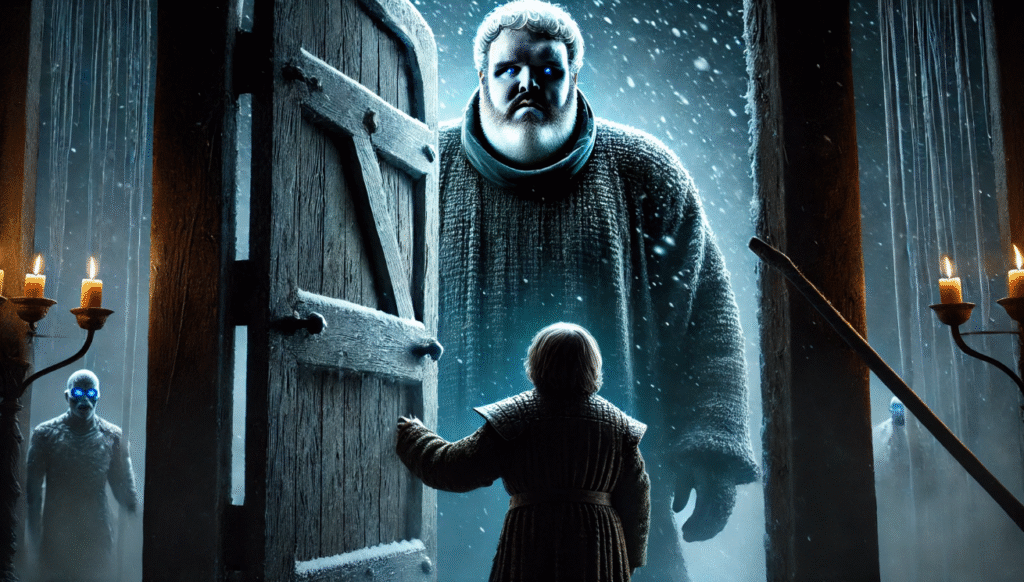
Few characters in Game of Thrones left as strong an impression as Sandor Clegane, known to many as The Hound. His brutal strength, sharp tongue, and complex morality made him a fan favorite throughout the series. But it’s Sandor Clegane’s final moments that truly define his arc—powerful, emotional, and deeply symbolic. As the world around him crumbled—both literally and figuratively—Sandor faced his greatest fears and ultimately found a sense of redemption. In this article, we’ll explore how his journey ended, what it meant for his character, and why his final stand resonates so strongly with fans.
The Evolution of Sandor Clegane
Early Life and Trauma
The childhood scars inflicted by Gregor have had a profound impact on Sandor’s psyche. They have left deep emotional and physical wounds that continue to affect him throughout his life. His fear and hatred of fire, in particular, symbolize the personal torment he has endured as a result of his brother’s actions. This fear and hatred serve as a constant reminder of the trauma he experienced, shaping his outlook on the world and influencing his behavior.
The Hound’s Identity
Sandor Clegane, also known as “The Hound,” has gained a reputation as a ruthless and fearsome warrior. His combat skills and brutal tactics have earned him a place as one of the most formidable fighters in Westeros. His cynical worldview and disdain for the concept of honor have only added to his intimidating presence on the battlefield. Despite his reputation, Sandor’s complex and often conflicted nature adds depth to his character, making him a compelling figure in the world of Game of Thrones.

Signs of Redemption
Sandor Clegane, also known as the Hound, displayed humanity in several key moments throughout the series Game of Thrones. His bond with Arya Stark, whom he protected and mentored during their time together, showcased his underlying sense of compassion and protectiveness. Additionally, his protection of Sansa Stark during the Battle of Blackwater and his efforts to comfort her in the aftermath of her traumatic experiences demonstrated a softer side to his character. These moments set the stage for Sandor’s final transformation as he began to question his loyalty to the Lannisters and his role as a ruthless warrior.

The Path to Vengeance
The Burning Desire for Revenge
Sandor’s obsession with confronting Gregor and seeking vengeance for past wrongs stems from their tumultuous history and the trauma he endured at the hands of his brother. The symbolic weight of the “Cleganebowl” lies in the deep-seated animosity between the two brothers and the underlying desire for closure and justice. For Sandor, facing Gregor in combat represents a final showdown and a chance to reclaim his dignity and honor. Meanwhile, for Gregor, the confrontation signifies a reckoning for his past actions and the potential for redemption or damnation.

The Journey to King’s Landing
Sandor faces numerous emotional and physical trials on his way to confront Gregor. From facing his fear of fire to battling the pain of his past traumas, he undergoes a grueling journey. His interactions with Arya Stark reveal his inner conflict, as he struggles with his loyalty to his brother and his own sense of justice. These trials and conflicts ultimately shape Sandor into a complex and compelling character as he continues on his path to redemption.
Sandor Clegane’s Final Moments
The Cleganebowl Showdown
The battle between Sandor Clegane, also known as the Hound, and his brother Gregor, the Mountain, was a clash of titans that shook the very foundations of the arena. The intensity of their rivalry was palpable as they traded bone-crushing blows with a ferocity that sent shockwaves through the crowd. The brutality of their fight was unmatched, as each brother sought to inflict as much pain as possible upon the other. The sound of their swords clashing and the sight of their fists pounding into each other’s flesh was enough to make even the bravest onlooker wince in sympathy. The personal stakes of the battle were clear to all who watched.

Facing His Fears
Sandor confronts fire during the battle by facing it head-on and using it to his advantage. This symbolizes his acceptance of his past, as he has a fear of fire due to a traumatic incident in his childhood. By facing his fear and using it as a source of strength, Sandor demonstrates his growth and acceptance of his past experiences. This moment serves as a powerful symbol of his personal journey and development as a character.
Sacrifice and Closure
Sandor’s decision to sacrifice himself to destroy Gregor represents a significant moment of catharsis in his character arc. Throughout the series, Sandor has been driven by a deep-seated desire for revenge against his brother, Gregor, for the trauma and abuse he suffered at his hands. However, in choosing to end both of their lives in a fiery confrontation, Sandor transcends his vengeful nature and finds closure in his pursuit of justice. By sacrificing himself to destroy Gregor, Sandor releases himself from the burden of vengeance that has consumed him for so long. This act symbolizes his ultimate triumph over the cycle of violence and retribution that has defined his life.

Thematic Analysis
Vengeance as a Driving Force
Sandor’s life was greatly shaped by his need for revenge, which ultimately defined his character. His desire to seek vengeance for the wrongs done to him and his family consumed him, leading him down a path of anger and resentment. This need for retribution drove him to make choices that ultimately shaped his life, including his career as a mercenary and his often brutal and violent behavior. His quest for revenge had a profound impact on his relationships, as he struggled to trust and connect with others due to his intense focus on settling scores. Overall, Sandor’s need for revenge greatly influenced the course of his life and defined his character as a man driven by a deep-seated desire for payback.
Redemption Through Closure
Sandor Clegane, also known as the Hound, experienced a significant change in character in his final moments, signifying a form of redemption. Throughout the series, Sandor was known for his selfish and ruthless nature, often prioritizing his own interests above others. However, in his final moments, he displayed a willingness to protect Arya Stark, even at the cost of his own life. This selfless act contrasts with his initial selfishness, showcasing his growth and redemption as a character. By choosing to protect Arya, Sandor demonstrated a sense of honor and selflessness that he had previously lacked, ultimately redeeming himself in the eyes of the audience.

The Cost of Revenge
Vengeance is a complex and powerful emotion that can provide a sense of purpose and drive an individual to seek justice or retribution. However, it can also lead to destructive behavior and perpetuate a cycle of violence. It’s important to recognize the potential consequences of seeking vengeance and consider healthier ways to address grievances and seek resolution.
Impact on the Story and Legacy
The End of the Clegane Brothers
Sandor’s final act of confronting his brother, the Mountain, and ultimately sacrificing himself to end the Mountain’s reign of terror had significant implications for the larger narrative of Game of Thrones. It represented a culmination of his long-standing rivalry with the Mountain and served as a moment of redemption for his character. Additionally, his sacrifice helped to save Arya and ultimately played a role in shaping the outcome of the battle for King’s Landing. Overall, Sandor’s final act served to bring closure to his character arc and had a lasting impact on the events unfolding in the series.

Audience Reaction
The fan reception to Sandor’s final moments in Game of Thrones was mixed. Some fans appreciated the closure of his character arc and felt that his final moments were fitting for the Hound. Others were disappointed with the outcome, feeling that his redemption arc was cut short and that he deserved a better ending. Overall, it sparked a lot of discussion and debate among fans about whether Sandor’s final moments were satisfying or not.
Sandor’s Legacy
His journey resonates as one of the most complex character arcs in the series because of the numerous challenges and obstacles he faces, as well as the internal struggles and growth he experiences. From his initial motivations and conflicts to his evolving relationships and personal development, his character arc is rich with depth and nuance, making it a standout and compelling aspect of the series.
Conclusion
Sandor Clegane, also known as the Hound, embarked on a journey of vengeance fueled by trauma and a desire for closure. He sought retribution against his brother, Gregor Clegane, for the abuse he suffered as a child. Throughout his quest, Sandor grappled with the human struggle of vengeance, trauma, and redemption. His final confrontation with his brother ultimately led to his own demise, but also provided him with a sense of closure and redemption. Sandor’s end serves as a poignant reflection of the complexities of human nature. His journey highlights the destructive nature of vengeance and the enduring impact of trauma.

